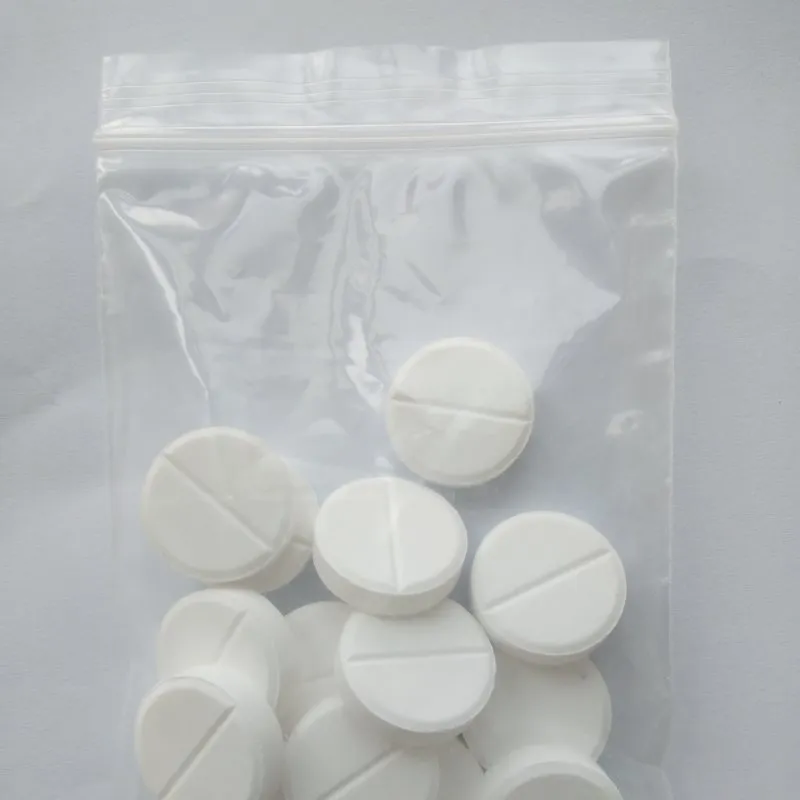



Understanding the Properties and Uses of Pure Caustic Soda in Various Industries
Understanding Pure Caustic Soda Properties, Uses, and Safety Measures
Pure caustic soda, chemically known as sodium hydroxide (NaOH), is a highly versatile and essential chemical compound widely used in various industries and applications. With its strong alkaline properties, caustic soda plays a significant role in manufacturing processes and serves as a key ingredient in many household products. This article explores the characteristics, industrial uses, and safety measures necessary for handling pure caustic soda.
Properties of Pure Caustic Soda
Pure caustic soda is a white, odorless solid that can be found in both solid and liquid forms. As a hygroscopic substance, it readily absorbs moisture from the atmosphere, which can lead to clumping if not stored properly. It has a high melting point of about 318 °C (604 °F) and a high solubility in water, releasing a significant amount of heat during dissolution, which is a characteristic of exothermic reactions. This solubility makes it easy to use in various aqueous applications.
One of the most notable properties of caustic soda is its strong alkalinity, with a pH level that can reach as high as 14 in solution. This makes it an effective base for neutralizing acids and is crucial in many chemical reactions and processes. However, its corrosive nature means it can cause severe burns and damage to organic tissues and materials, which underscores the need for careful handling and storage.
Industrial Uses of Pure Caustic Soda
The versatility of pure caustic soda leads to its extensive usage across multiple industries
1. Chemical Manufacturing Caustic soda is a fundamental raw material in the production of various chemicals, including chlorine, sodium hypochlorite, and soaps. The chloralkali process, which involves the electrolysis of brine, produces chlorine and sodium hydroxide, demonstrating its crucial role in chemical synthesis.
2. Paper and Pulp Industry In the paper manufacturing process, caustic soda is used to break down wood chips into cellulose fibers, facilitating the removal of lignin and other impurities. This process, known as pulping, is essential for producing high-quality paper products.
3. Food Industry Caustic soda is employed in food processing, particularly in the production of olives, pretzels, and other foods. It helps in peeling fruits and vegetables and is also used for regulating acidity levels in various food products.
pure caustic soda

4. Water Treatment Caustic soda is used to adjust the pH levels in water treatment facilities. By raising the pH, it helps to precipitate heavy metals, improving the quality of the water by removing impurities.
5. Cleaning Products Because of its strong alkaline nature, caustic soda is a common ingredient in many household cleaning products. It effectively removes grease, grime, and other stubborn stains, making it a favorite among cleaning solutions used in kitchens and bathrooms.
Safety Measures for Handling Pure Caustic Soda
While pure caustic soda is a valuable compound with numerous beneficial uses, it also poses significant health and safety risks. Therefore, it is essential to implement strict safety measures
- Personal Protective Equipment (PPE) When handling caustic soda, individuals should wear appropriate PPE, including gloves, goggles, and protective clothing to prevent skin and eye contact.
- Proper Storage Caustic soda should be stored in a cool, dry place, away from moisture and incompatible materials such as acids. Containers should be properly labeled to prevent accidental exposure.
- Spill Response In the event of a spill, it is crucial to neutralize the caustic soda with a suitable acid (like vinegar) and follow proper cleanup procedures, ensuring that the area is well-ventilated during the process.
- First Aid Measures In case of exposure, immediate action is necessary. If caustic soda comes into contact with skin or eyes, rinse thoroughly with water for at least 15 minutes and seek medical attention.
In conclusion, pure caustic soda is an incredibly effective and widely utilized chemical with significant applications across various industries. However, its corrosive nature demands careful handling and respect for safety protocols. Understanding its properties, uses, and necessary precautions is essential for anyone involved in working with this powerful compound.
-
Why Sodium Persulfate Is Everywhere NowNewsJul.07,2025
-
Why Polyacrylamide Is in High DemandNewsJul.07,2025
-
Understanding Paint Chemicals and Their ApplicationsNewsJul.07,2025
-
Smart Use Of Mining ChemicalsNewsJul.07,2025
-
Practical Uses of Potassium MonopersulfateNewsJul.07,2025
-
Agrochemicals In Real FarmingNewsJul.07,2025
-
Sodium Chlorite Hot UsesNewsJul.01,2025










